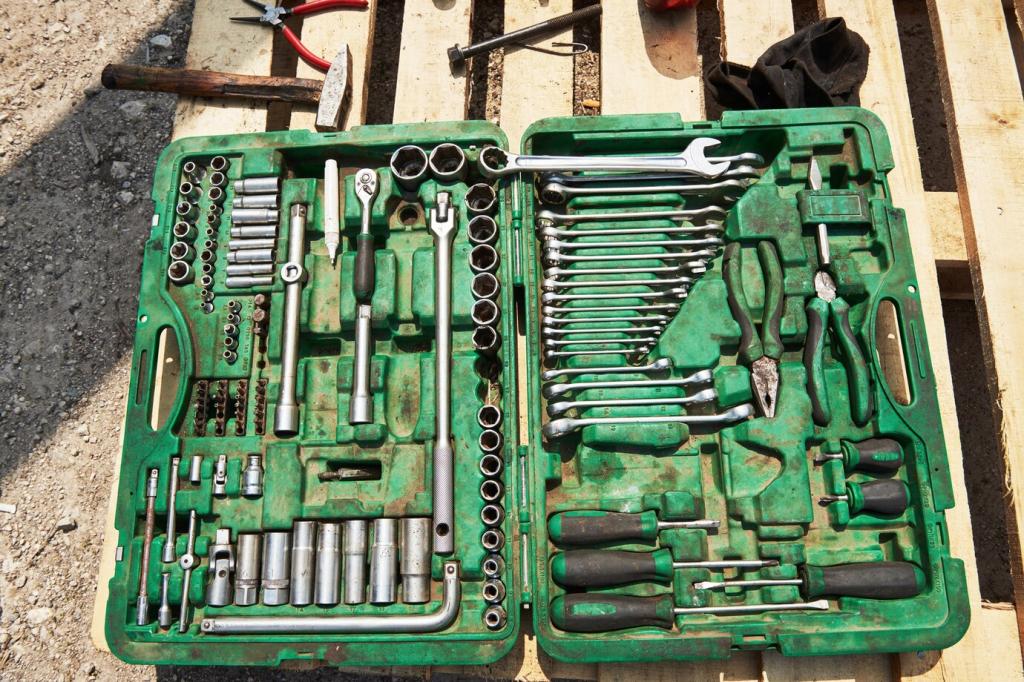
Essential Tools for Furniture Maintenance
Chosen theme: Essential Tools for Furniture Maintenance. Build a friendly, reliable toolkit that keeps heirlooms sturdy and modern pieces looking fresh. Join our community, share your tips, and subscribe for practical, shop-tested guidance.
Core Drivers: Screwdrivers, Hex Keys, and a Trusty Wrench
Flat, Phillips, Pozidriv, and stubby drivers reach different screws without stripping heads. Magnetic tips catch tiny hardware, while cushioned grips reduce fatigue during careful, steady turns on delicate furniture joints.



Clean and Gentle: Dusting, Brushing, and Vacuuming
Dense microfiber traps dust electrostatically, so you avoid grinding abrasive particles into lacquer or oil finishes. Light misting with distilled water helps, while dye-free cloths prevent accidental color transfer on pale woods.
Clean and Gentle: Dusting, Brushing, and Vacuuming
A natural-bristle paintbrush or goat-hair duster reaches carvings, caning, and tight joints. Keep a dedicated brush for wax and another for dust, avoiding cross-contamination that dulls sheen or clogs pores.
Glue and Clamps: The Heart of Solid Repairs
PVA suits most chairs and tables; liquid hide glue excels for antiques because it reverses with heat and moisture. Label bottles with purchase dates, since expired glue can fail invisibly.
Glue and Clamps: The Heart of Solid Repairs
Use cauls, cork pads, and light, even pressure to avoid dents. A pair of ratchet straps works for odd angles, while painter’s tape acts as a gentle clamp on delicate veneers and moldings.

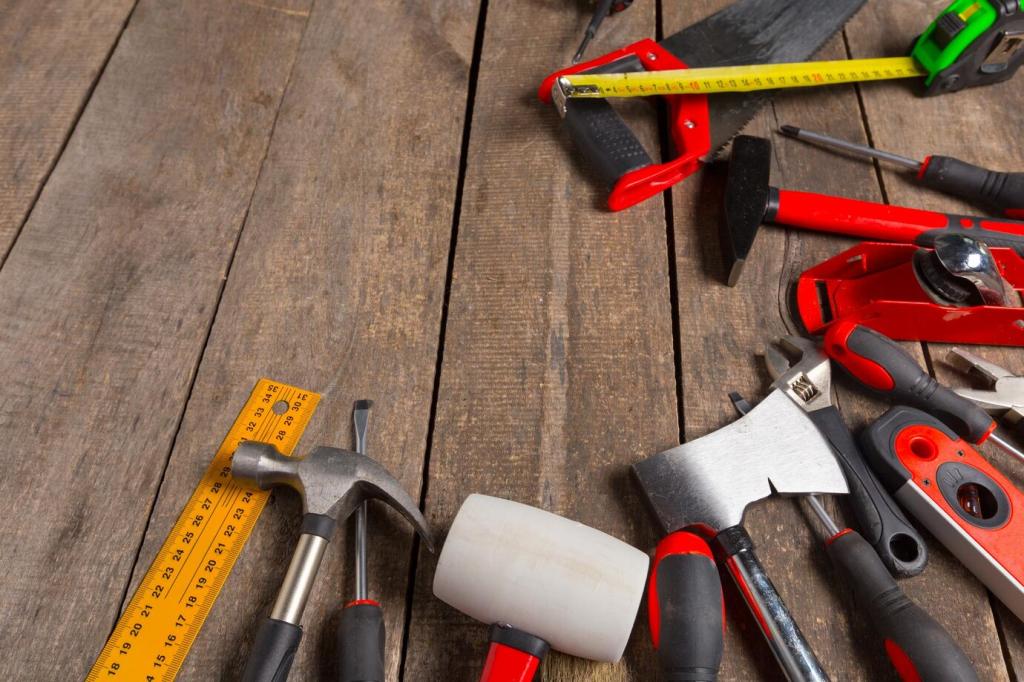
Finishes and Touch-Ups: Oils, Waxes, and Color-Matching
Oil or wax—know the difference
Drying oils penetrate and harden, nourishing tired wood fibers. Paste wax adds sheen and slip, protecting against fingerprints. Keep separate applicator pads, and always buff lightly to avoid sticky, dust-catching residue.
Touch-up markers and wax sticks
A small palette of color-matched markers and blendable wax sticks disguises white scratches and corner dings. Feather edges, layer slowly, and seal gently so the repair disappears in everyday light.
Sanding blocks and abrasive grits
Pre-cut sanding blocks keep faces flat around repairs. Start with higher grits, like 320, and work carefully. Vacuum dust between passes, and wear a mask when dealing with unknown finishes or old paint.
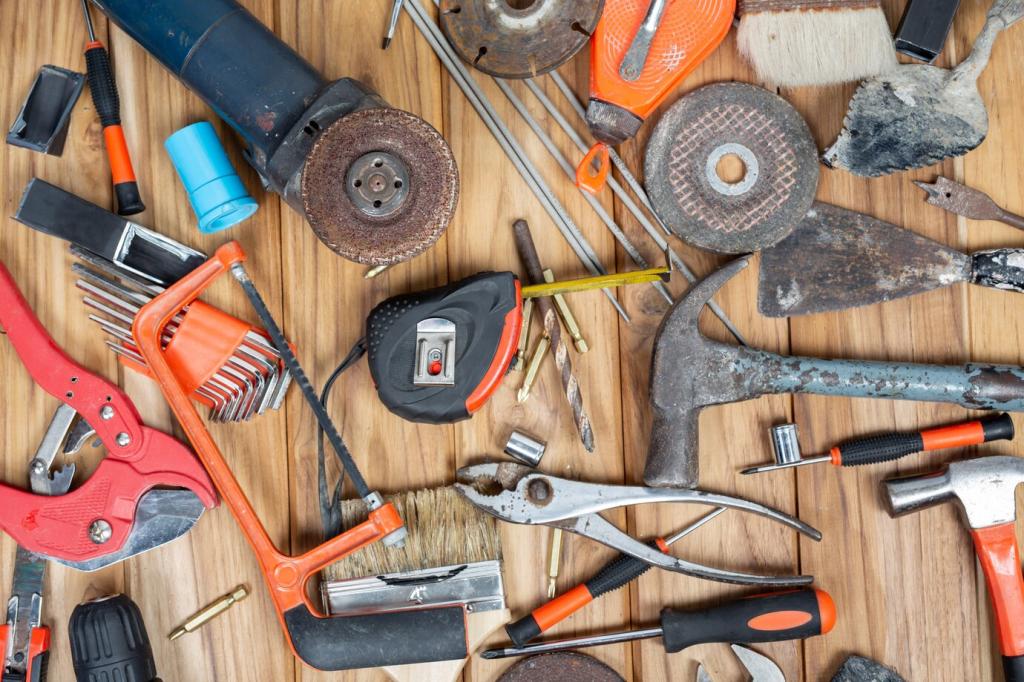
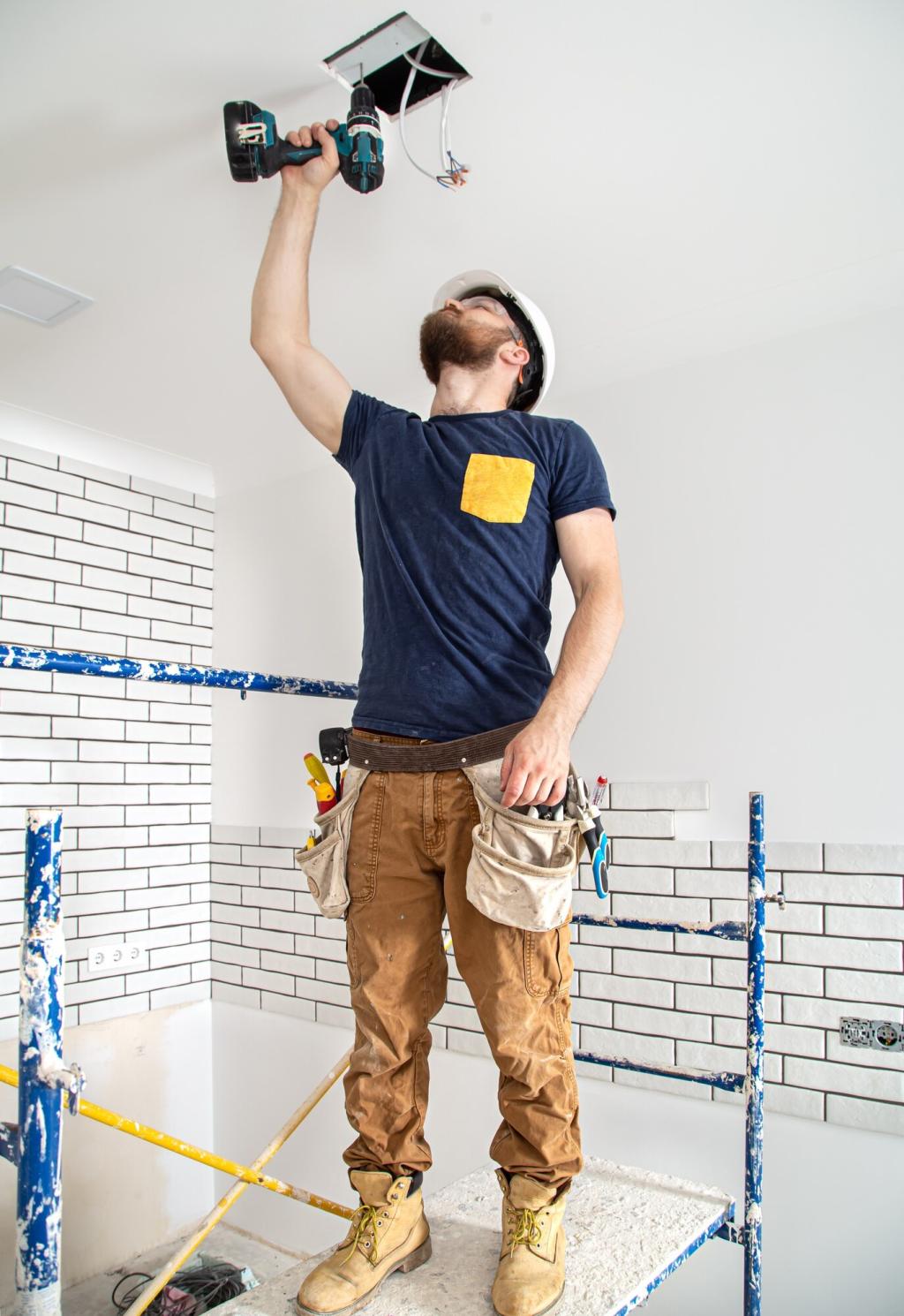
Staple gun basics
A manual or pneumatic staple gun with 1/4 to 3/8 inch staples handles dust covers and light webbing. Keep a staple remover handy, and protect wood with a thin card shield while working.
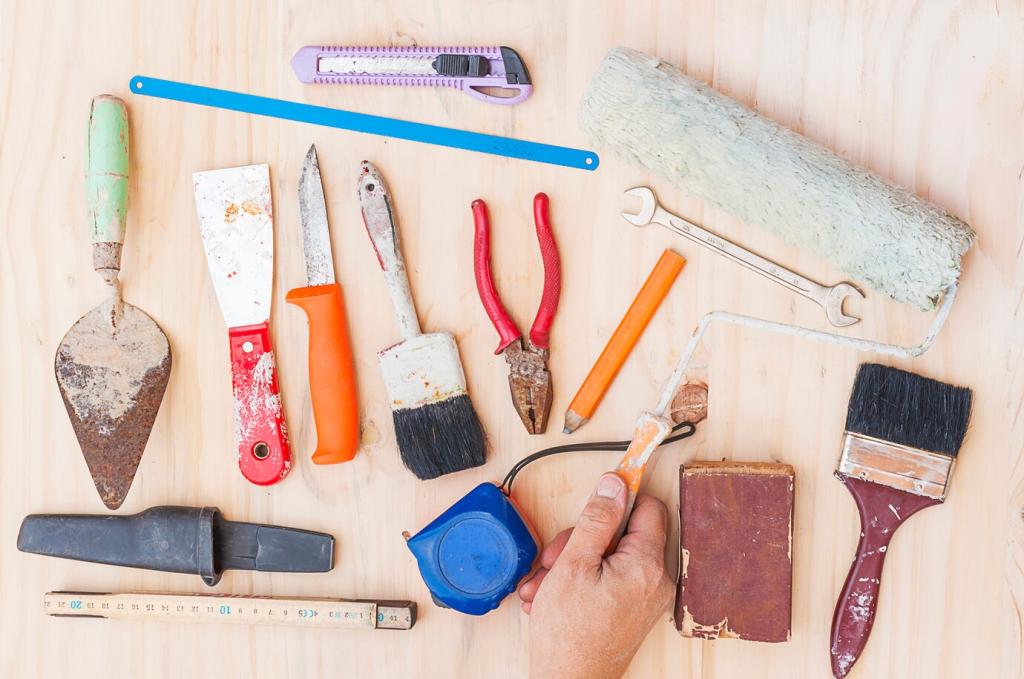
Upholstery needles and thread
Curved needles, heavy polyester thread, and a thimble repair loose buttons and popped seams. Tack temporarily with clips, align patterns, then commit with small, even stitches to avoid puckers and wrinkles.
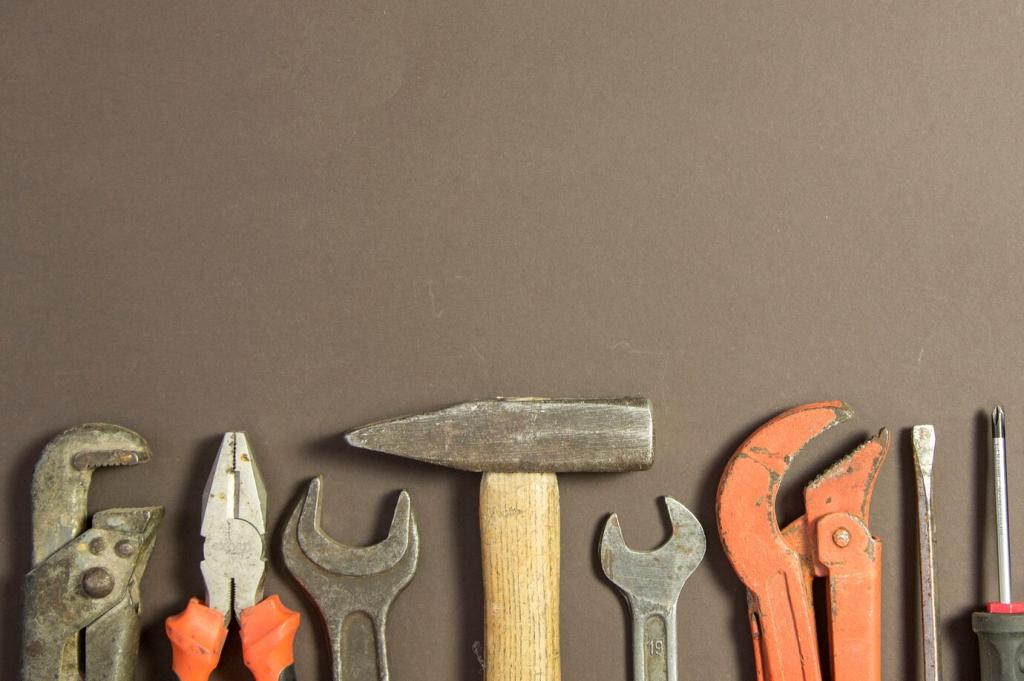
Webbing stretchers and pliers
For sagging seats, a webbing stretcher provides consistent tension across frames. Pair with needle-nose pliers for tacks, and mark orientation so crossings share load evenly and resist long-term creep.
